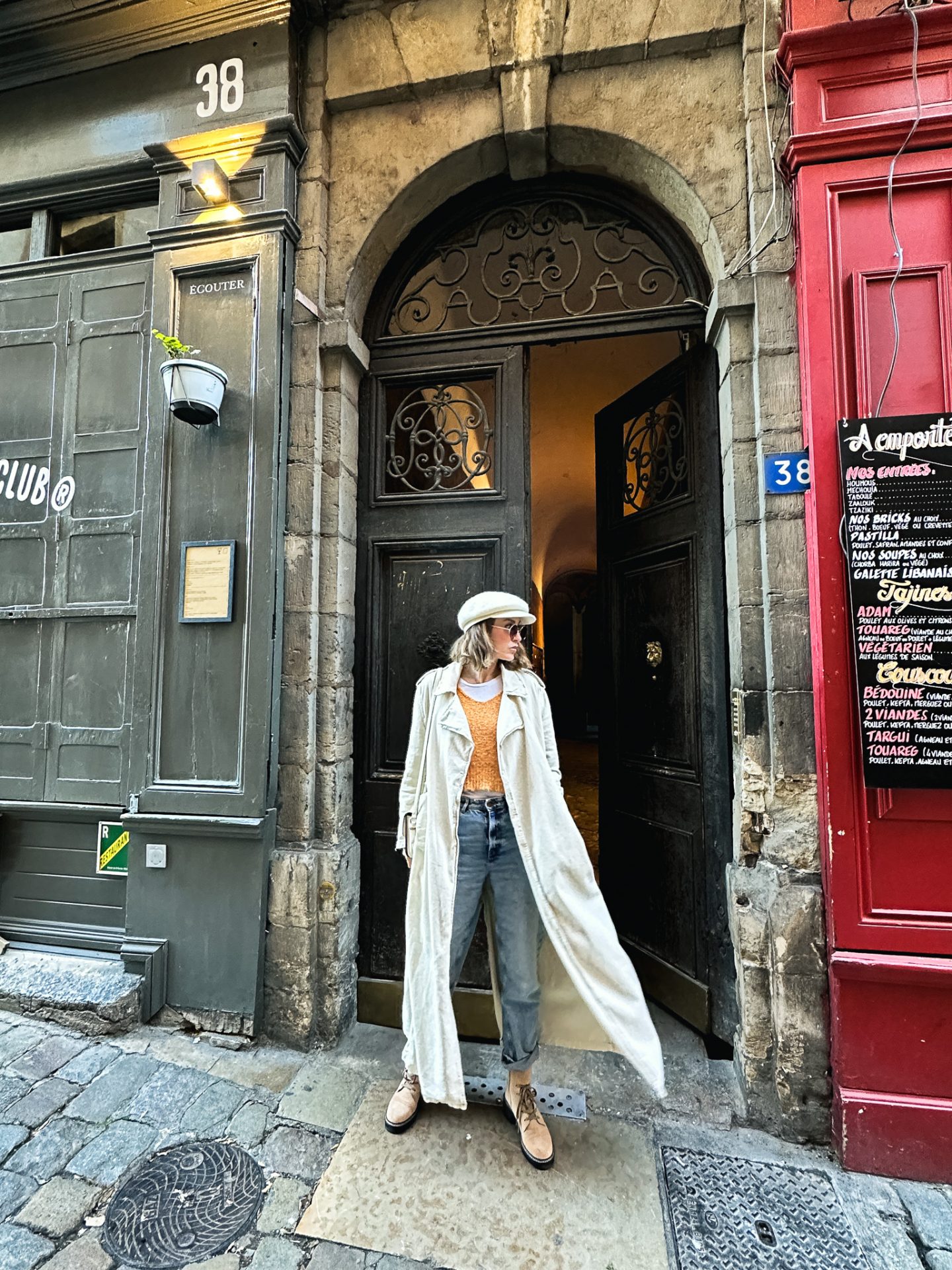
The Traboules of Lyon: Old Town’s Hidden Gems
When visiting Lyon, it’s hard to miss the famous traboules that wind their way through the city. Lyon’s traboules passageways are actually an essential symbol of Lyon’s history. But why did this alternative transport network arise in the first place? Well, according to some historians, the traboules were initially created to provide residents with quick access to water from the Saône River. And later on, they were used by artisan weavers to transport silk from their workshops to their shops. Traboules are an important part of Lyon’s heritage.
Traboules – hidden passages and corridors have been a secret of the old city streets for many years. The ordinary-looking doors that lead to these traboules open up to reveal an unexpected world of courtyards, arches, towers, entrances, and wells.
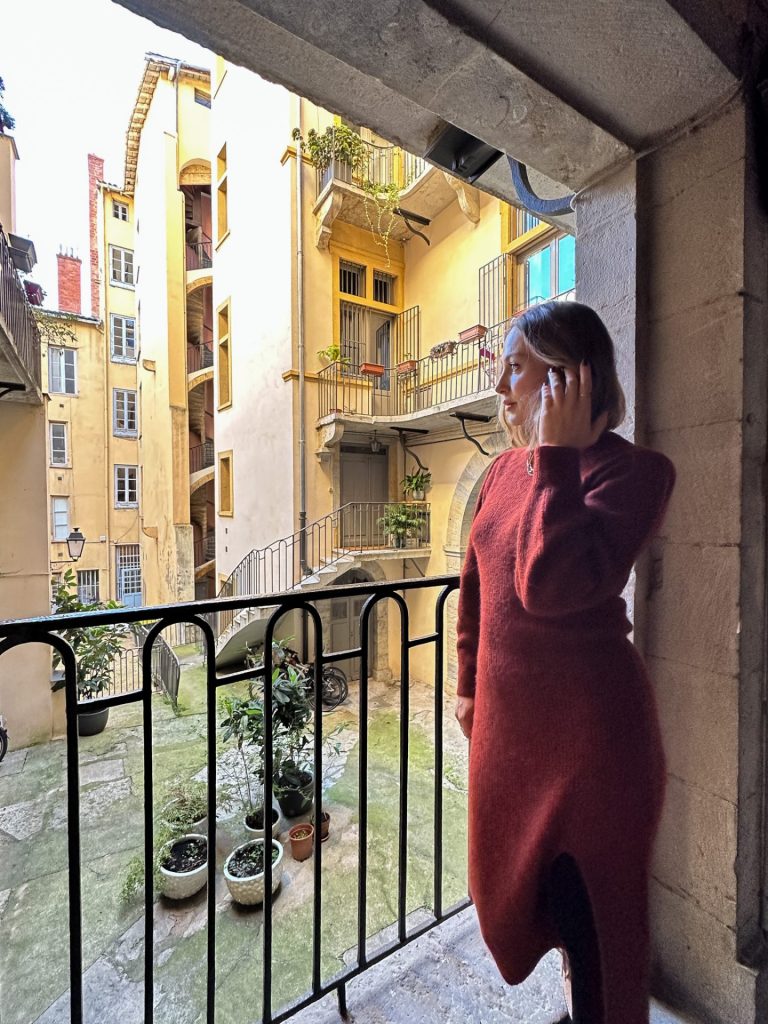
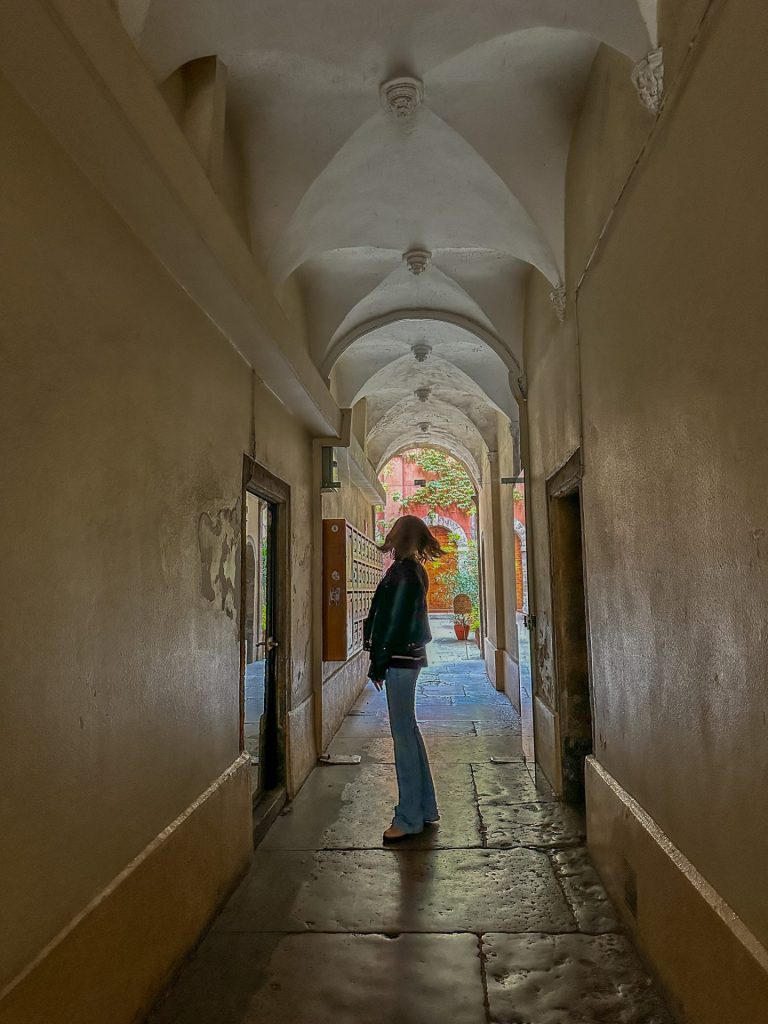
Step into a world of mystery and history: Traboules of Lyon
There was a time when weaving workshops were a common sight in Lyon These workshops were responsible for producing and protecting the silk that was widely produced in the region. However, the unpredictable weather and hot sun could often disrupt the transportation and storage of these delicate products. To combat this issue, weavers turned to the traboules – a contraption that helped to protect the silk. While there is another version of the traboules’ purpose – to shorten delivery paths for river water – there’s no doubt that it played an important role in preserving Lyon’s silk industry.
How to visit Lyon’s traboules
But while it’s tempting to dive right in and explore every corner, it’s important to remember that these passageways are also people’s homes. Take your time, enjoy the atmosphere, but respect the privacy of those who call these winding paths home. Pay attention to the signs on the walls, and keep your voice down as you explore. With a little courtesy, you can experience the magic of the traboules without disturbing the peace of the locals.

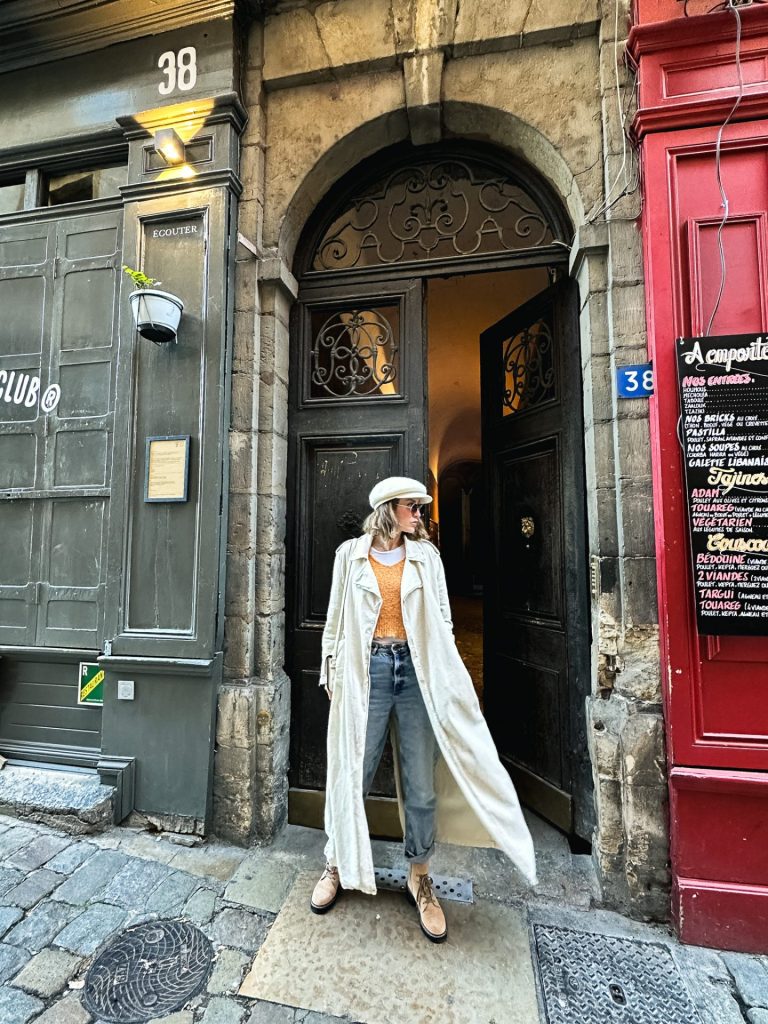
Traboules & Lyon’s WWII resistance
Traboules were once a lifeline for the city’s residents during the Second World War. Fascist occupiers captured Lyon during this time, and many fled to the traboules in order to hide from the Nazis. This labyrinth of tunnels and courtyards saved countless lives, and today they remain a fascinating and unique part of Lyon’s history.
Though it’s uncertain whether there are 400 or 500 traboules in Lyon, we do know that only around 40 are open to the public. To locate these hidden passageways, visitors have a few options.
How to find Lyon’s traboules:
- A Lyon traboules iPhone app provides locations, though no Android version exists.
- Guided tours with local experts offer insider perspectives on the traboules.
- Instructional videos show the passageways and help visitors navigate them.
- Maps break down the traboules by neighborhood for self-guided exploration.
Getting around Lyon
Exploring the beautiful city of Lyon can be overwhelming, especially if you’re trying to take in all of its central attractions. Luckily, public transport in Lyon is both efficient and easy to use! The city’s metro, buses and trams can take you wherever you want to go. Navigation is a breeze thanks to the giant boards indicating stops that you’ll find all over the place. What’s more, it’s really affordable, with a daily pass costing just over 6 euros. That said, if you plan on visiting more than one museum, purchasing a Lyon City Card will definitely prove to be a smart investment. The card covers all major attractions and comes in 24, 48 and 72 hour options.




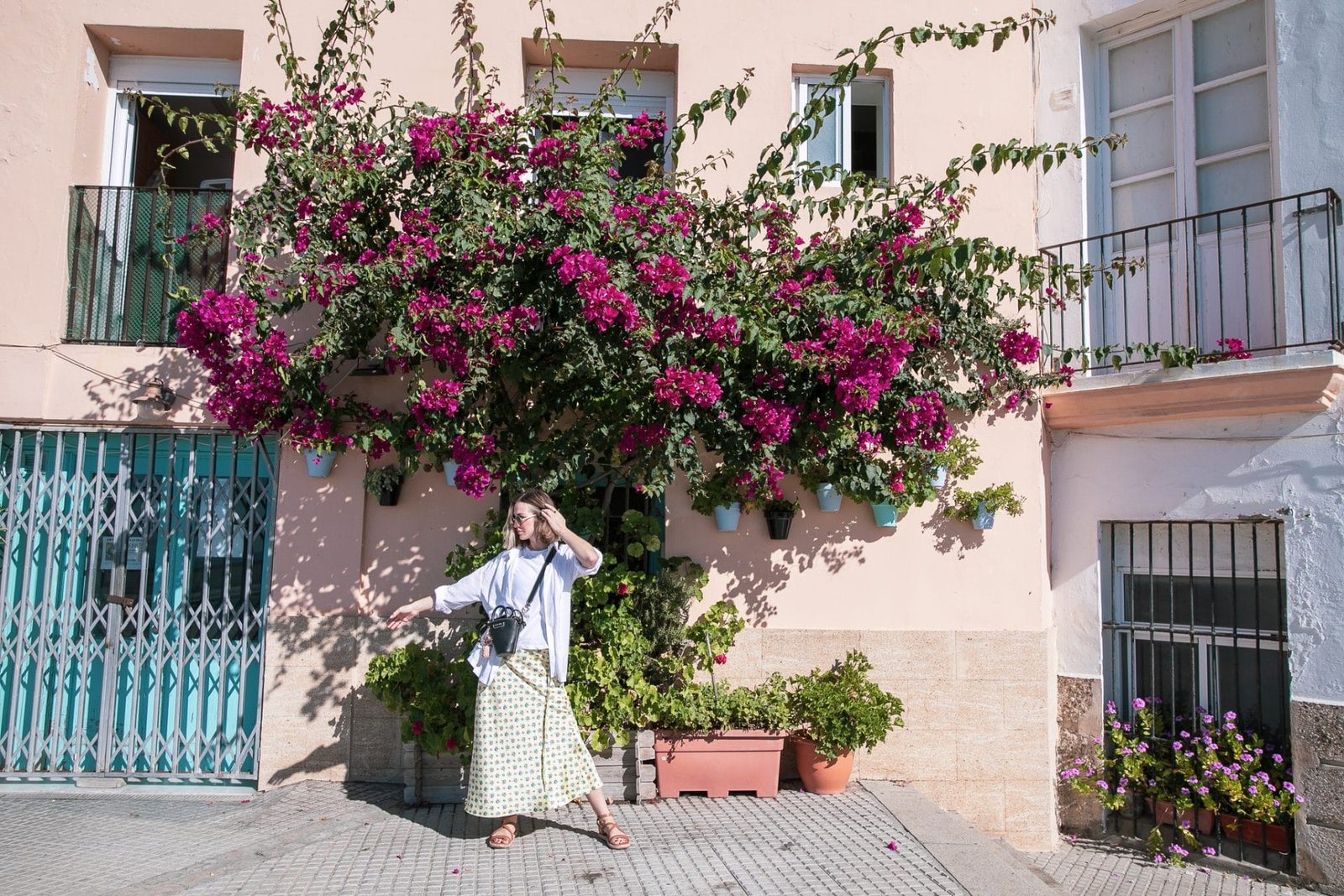
Leave a Reply